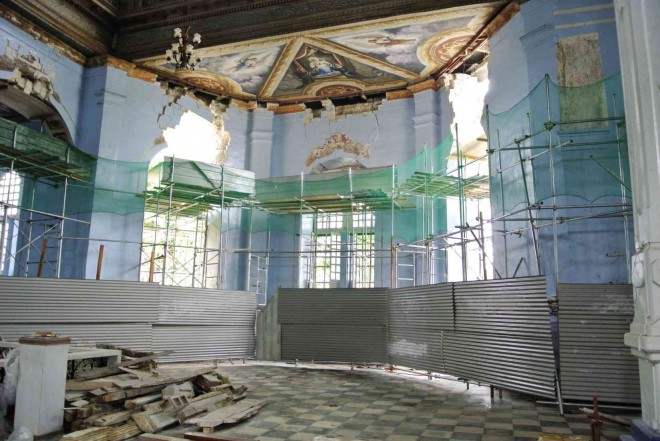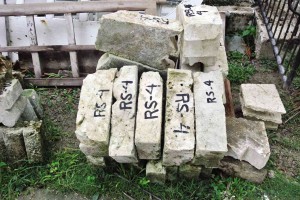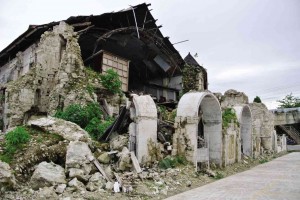

The general sentiment is that Bohol churches devastated by the recent earthquake will rise again from the rubble, reconstructed faithfully, patiently, carefully rebuilt stone by stone, until each damaged structure returns to what it used to be.
How feasible is that?
Reconstruction is a tedious, exacting, and lengthy procedure that is extremely expensive.
Depending on the degree of damage and complexity of the original structure, reconstruction may take as long as a decade to complete. To estimate the cost and scope of work required, a lengthy, detailed investigation will first have to be undertaken to determine the extent of damage, and existing soil, geological, environmental conditions that will have an effect on the reconstruction.
Therefore, should all Bohol churches be reconstructed?
The past six months since the earthquake has given people enough time for their shock and emotions to subside, and to let pragmatic thinking emerge to rationally guide the approach to reconstruction.

Now is the time for Bohol to look toward the future, a future anchored on the past.
A study can be undertaken to determine the feasibility of total reconstruction of all damaged churches. An identification procedure to determine which churches are to be restored and which to be left as ruins will have to be proposed, agreed upon by stakeholders, and implemented by authorities.
Those that can viably be reconstructed should be rebuilt carefully, faithfully, and in strict consonance with international conservation principles. The expense of this type of reconstruction, when applied to all churches, may be too staggering.
Therefore, a pragmatic approach would be to identify a few churches to allow enough budget for their thorough and first-rate reconstruction.
Those damaged so badly that reconstruction is not feasible should be left as ruins.
Rather than subject the severely damaged churches to the expensive and long process of reconstruction, perhaps an alternative would be to erect completely new, state-of-the-art churches on sites away from the old churches. The be church would be symbols of the post-earthquake, forward-looking Bohol.
The ruins of the severely damaged church could be reinforced, the former church area converted into an archaeological open-air museum, and the surrounding grounds converted into a landscaped plaza for public enjoyment and for holding open-air religious festivals or ceremonies on special occasions such as Christmas and Easter, still allowing the parish continued use of the former church premises for religious purposes.
The archaeological area could evolve into a powerful symbol to remind future generations of the devastation wrought by the 2013 earthquake. Both the new, modern church and the archaeological plaza would become a 21st century monument symbolizing Boholano faith and resilience.
The final decision, of course, is up to Boholanos since it is the future of their heritage that is being discussed. But whatever their decision, Bohol will certainly rise even higher than it has already risen since the deadly earthquake last October.
E-mail the author at [email protected].









































